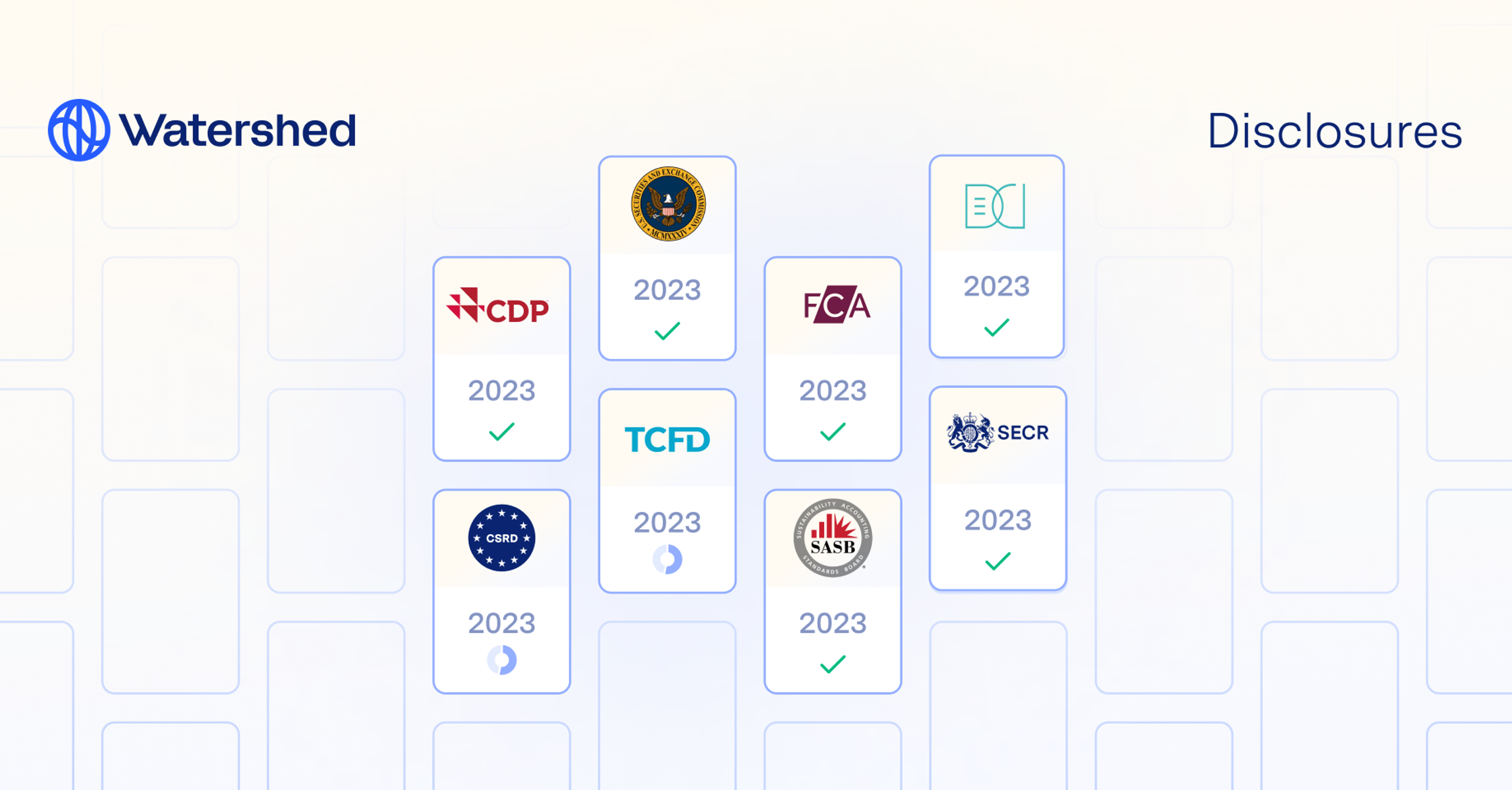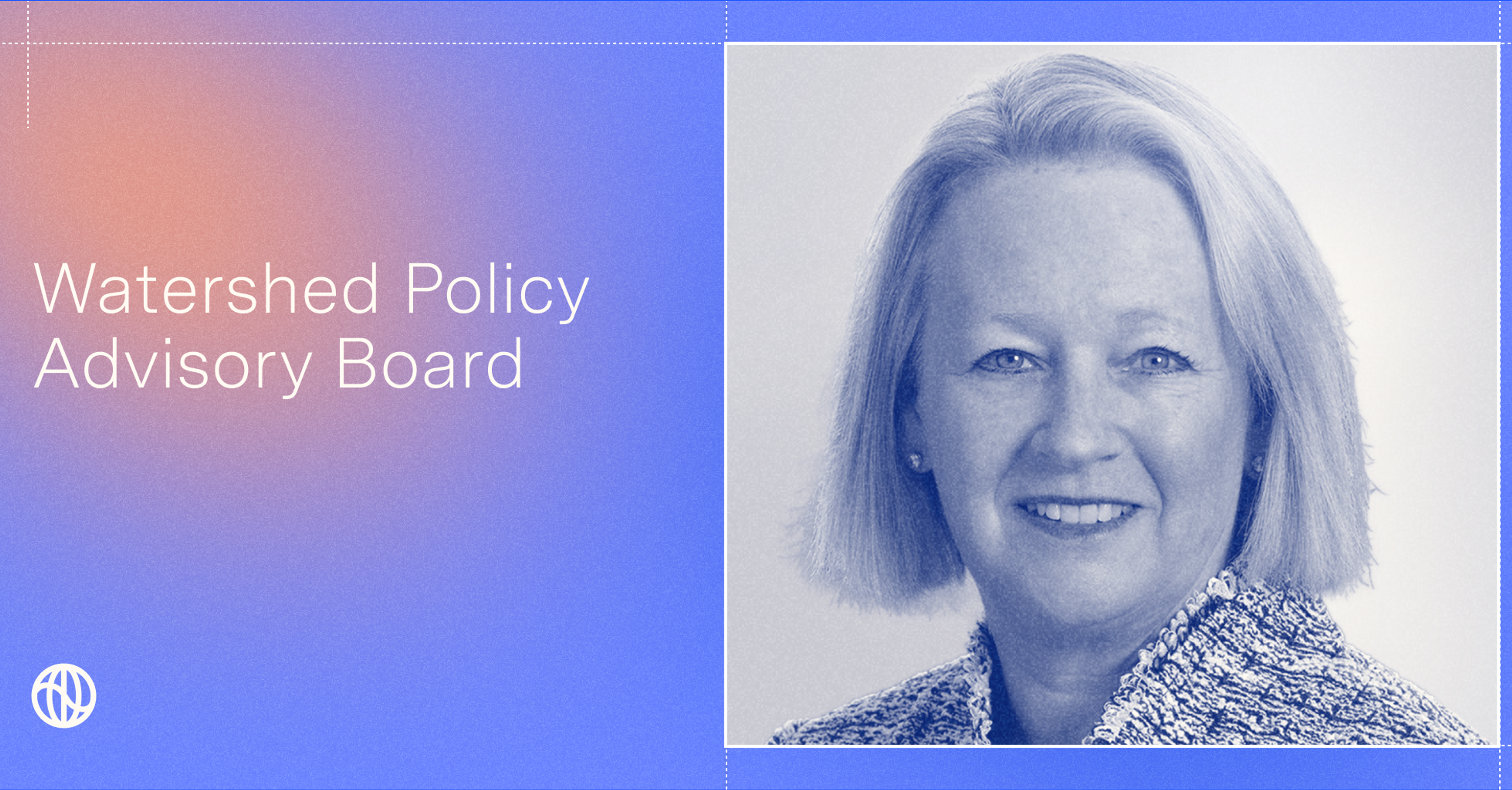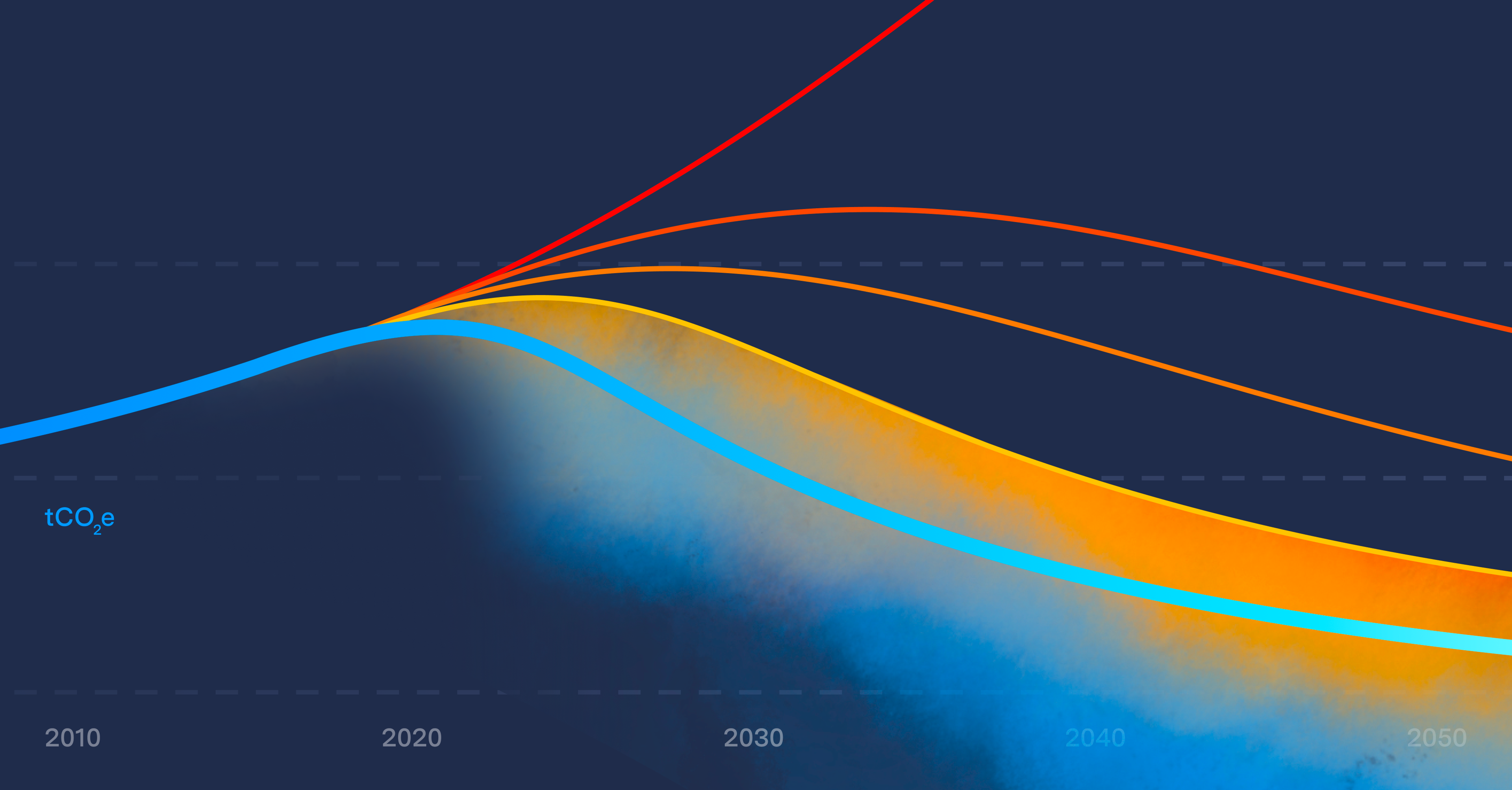With the reporting deadline delays in the EU’s sustainability Omnibus proposal now confirmed, companies in the second and third waves of CSRD have gained extra time before reporting kicks in. But this delay is not a signal to slow down. At the recent Watershed Summit, we explored how leading companies are using this moment to sharpen their focus on the common core of disclosure requirements—particularly scope 1–3 emissions, climate risk, and transition planning—that cut across frameworks in every geography.
This month’s newsletter highlights that core in action. In the EU, policymakers are moving quickly to simplify the CSRD’s reporting standards (ESRS). In the US, the SEC has halted its legal defense of its federal climate rule, but California is pressing ahead: CARB’s consultation on implementing climate disclosure rules has closed, and final technical requirements are expected by July. And in Australia, the regulator ASIC is setting early expectations for credible, decision-useful emissions data.
Catch up on the Summit recording here for a deeper dive into how to make the most of the Omnibus delays.
European Union
CSRD delays confirmed, but reporting reform is only the beginning
The EU has finalised the first part of its sustainability reporting “Omnibus” package. The European Parliament and Council approved the Commission’s proposal to delay some CSRD and CSDDD reporting deadlines, meaning no further negotiations on those delays are needed. The changes must be transposed into national law by Member States before the end of 2025.
Under the updated timeline, companies in the second and third CSRD waves will see their reporting obligations postponed by two years. Firms in the first wave of CSDDD will receive a one-year delay. The aim is to give companies and regulators more time to prepare, as technical standards continue to evolve.
Attention now turns to the second part of the Omnibus, which proposes substantive changes to the CSRD and CSDDD frameworks themselves—including scope thresholds. Negotiations will follow the standard EU process: the Council and Parliament must each adopt their own positions before entering a ‘trilogue’ negotiation with the Commission.
Meanwhile, a third track of reform is now underway: the European Commission formally tasked the European Financial Reporting Advisory Group (EFRAG) with advising on how to simplify the European Sustainability Reporting Standards (ESRS), the CSRD’s detailed reporting standards. EFRAG must deliver its technical advice by October 31, outlining how to reduce the number of mandatory datapoints, prioritise the preservation of quantitative disclosures, and better guide companies on applying the materiality principle.
The Commission has made clear that speed matters. In what it describes as “exceptional circumstances,” it urges EFRAG to fast-track its process while maintaining quality and stakeholder input. Companies may be allowed to adopt the revised ESRS as early as reporting year 2026 on a voluntary basis, with full application expected by 2027.
Key takeaway: While some CSRD and CSDDD reporting deadlines have been pushed back, the EU is now focused on simplifying and tightening the rules. Companies—especially those in wave 2—should use the delay to prepare for the more targeted requirements in the revised ESRS.
United States
California continues to finalise the details of its reporting rules, as the SEC abandons the legal defense of its own rule
Climate disclosure policy in the U.S. continues to evolve across jurisdictions. California’s disclosure regime, the CCDAA, is progressing: The California Air Resources Board (CARB) closed its public consultation on March 21 and is expected to finalise implementing regulations by July 1. Stakeholder feedback—summarised in over 250 submissions—urged CARB to align with ISSB standards and ensure interoperability with other major frameworks. Recent figures show the CCDAA is set to affect over 2000 US companies.
Separately, a new bill (SB 285) introduced in March would add stricter guardrails around the use of carbon removals under the CCDAA. The bill proposes clear criteria for what qualifies as a “removal,” and would require companies to report emissions and removals separately. However, there is still a long way to go before this bill becomes law, and for companies already preparing for CCDAA, SB 285 does not represent a material shift.
On March 27, the Securities and Exchange Commission (SEC) voted to end its legal defense of the federal climate disclosure rule it adopted earlier this year. The rule—which required listed companies to disclose scope 1 and 2 emissions and climate-related risks—was already facing multiple legal challenges. While the rule technically remains on the books as the legal challenge continues, the SEC’s move effectively confirms the rule has been abandoned.
Key takeaway: US companies should stay focused on California. If you’re preparing for scope 1–3 disclosures under CCDAA, none of the latest developments change the fundamentals.
Australia
ASIC sets expectations on emissions disclosures and governance
On March 31, the Australian Securities and Investments Commission (ASIC) published Regulatory Guide 280, setting out how it expects companies to approach sustainability-related disclosures under existing law.
The guidance arrives ahead of the first round of reporting under the Australian Sustainability Reporting Standards (ASRS), which will make climate reporting mandatory for many companies from 2025. While ASRS will set the official disclosure framework, RG 280 provides a preview of regulatory enforcement posture. It underscores ASIC’s intent to act on misleading or poorly governed climate disclosures, even before the new rules are fully in place.
Specifically, the guidance sets out ASIC’s interpretation of current obligations—particularly around emissions disclosures and governance of climate-related information, and how ASIC will exercise specific powers as part of its regulatory responsibilities.
ASIC flags three key areas of regulatory focus: the accuracy of sustainability disclosures (including GHG emissions and targets), the credibility of transition plans, and the oversight structures behind these claims. Companies are advised to avoid publishing emissions targets that lack supporting detail, and to ensure emissions data—especially scope 3—is prepared using recognised methodologies.
Key takeaway: Companies preparing for ASRS should note that emissions data quality, methodological clarity, and board-level oversight are already under scrutiny.
Sign up to receive these updates by email here.












